About our method
All the scores under consideration stemming from the Viennese Hofmusikkapelle have a quarto oblong format. A paper sheet consisting of four quadrants normally was cut lengthwise first, thereafter folded crosswise where it was bound later on. In most cases a sheet shows two watermarks: mark (m) and countermark (c). These marks are often placed in the middle of each half of the sheet, just where it was cut. They therefore appear in the scores in two halves on the upper edge of each folio. Sometimes we find an additional cornermark (s) close to the edge of the sheet. The database includes a reconstruction of the whole sheet by combining photographs of the four associated quadrants. Disregarding the narrow stripe where the sheet was cut lengthwise, mark and countermark are almost completely visible.
In the production process two meshes were used, producing a set of twin sheets that are labeled here with A and B. As far as available and identifiable, both twins are presented in the database.
In the description of the watermark, mark and countermark are separated by a semicolon. Initials and words, as, for example, AS or REAL are simply cited, while all motives, such as flowers, crowns, and crescents, are described. If the mark or countermark consists of several parts, the parts will be described from the top down and separated by a slash. “French lily / AS” for instance means: French lily above the initials AS.
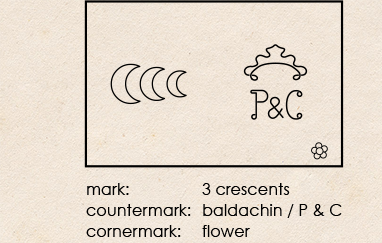
on the complete paper sheet
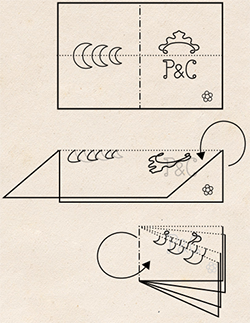
How we create the watermark images
The images of watermarks are produced using transmitted light and image subtraction. We make two digital photos of single pages—one lit from the side of the camera, the other from behind the page.
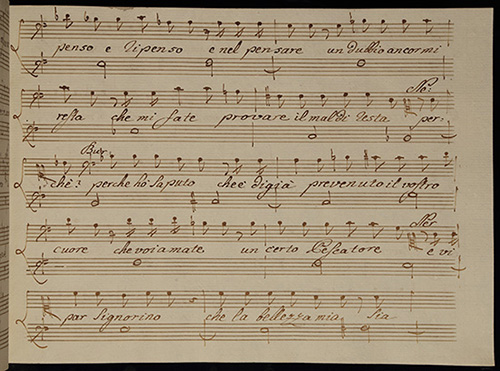
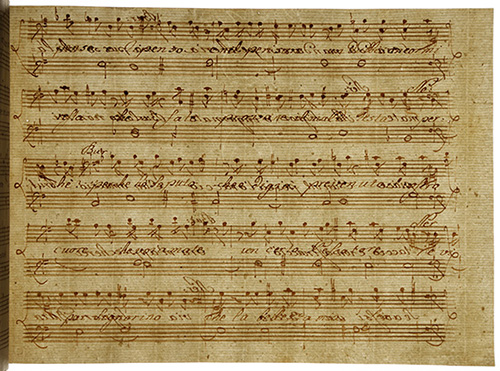
Afterwards, the first image is digitally subtracted from the other, in a way that the writing on the front side of the paper disappears. By scaling up the gray shades the writing on the back side turns white, faintly visible, but not interfering with the watermark, which appears dark. We use Matlab and for post-processing Photoshop CS 5.1, working on a simple PC.
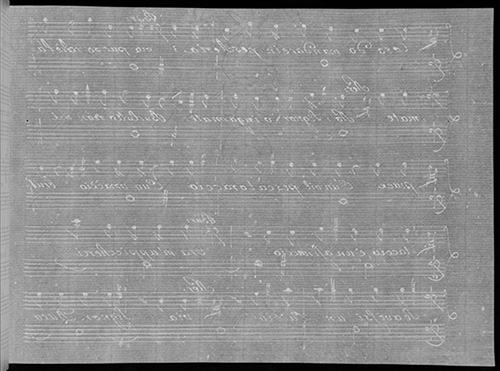
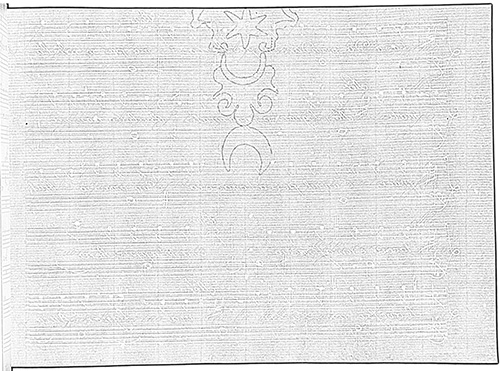
Photos of the twins always stem from one opera score. Every set of four photos originates from one single sheet, and, of course, is taken from the same side of the paper (e.g. folio 1, 2’, 7, 8’ of a regular gathering consisting of two paper sheets). In this very refined Italian paper, distinguishing between mold and felt side sometimes leads to controversial results. We therefore principally take the photos from the side where the letters are in their regular position (not mirrored).
DOI: https://doi.org/10.21939/y1klys
License: CCBY-SA
Last edited: 30.01.2025
How to cite:
Paper and Copyists in Viennese Opera Scores / Paper / Our Method, last edited 30.01.2025,
https://doi.org/10.21939/y1klys, retrieved
